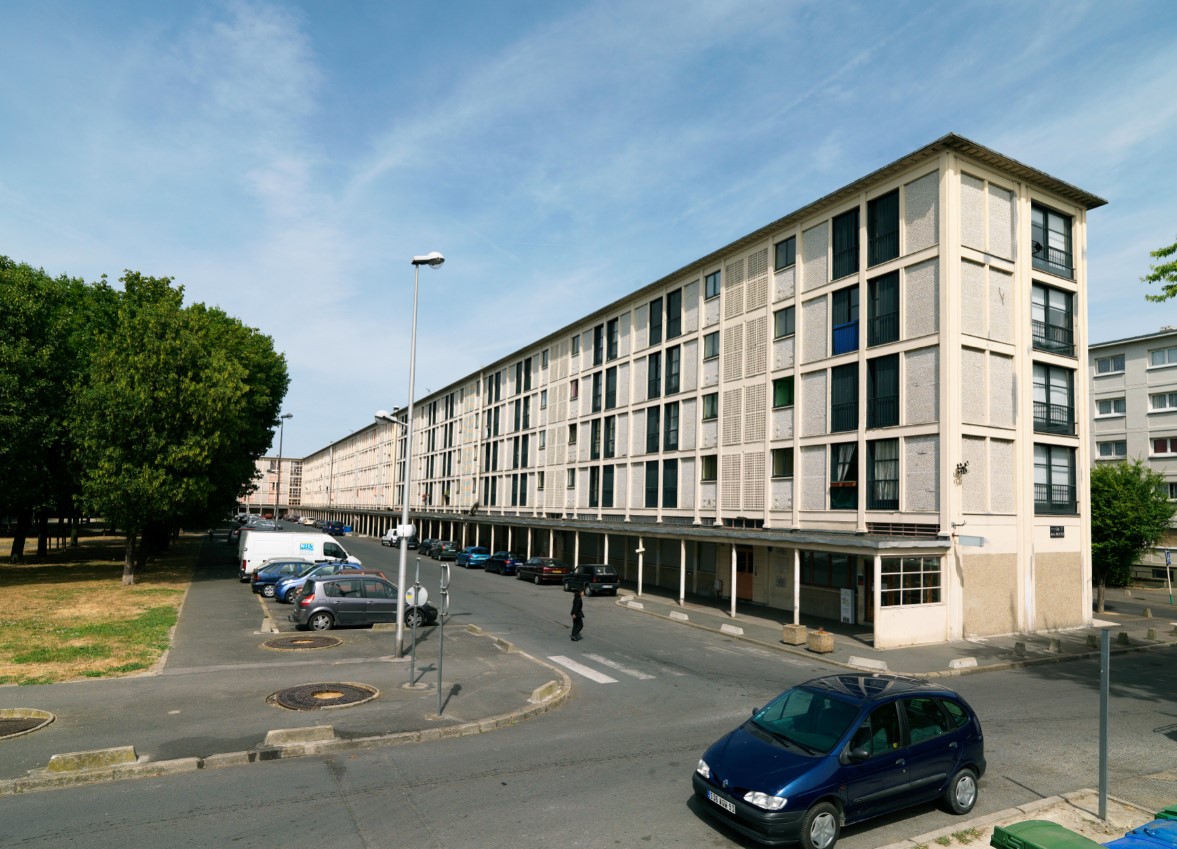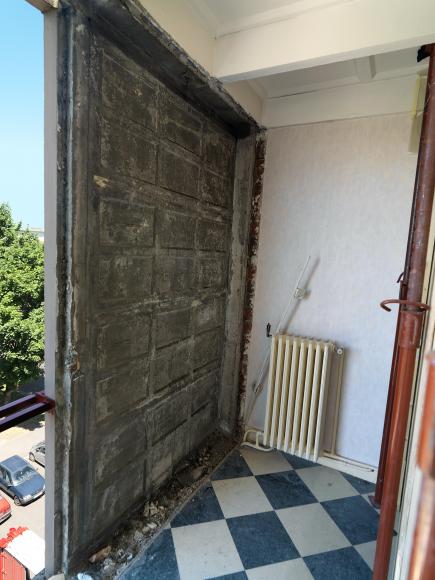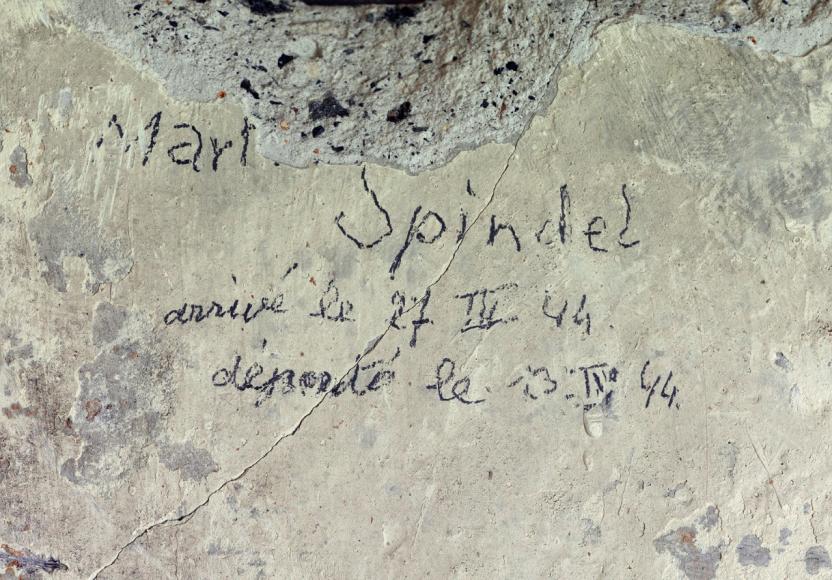Graffiti at the Drancy camp
The Cité de la Muette was built in Drancy in the 1930s, by the architects Eugène Beaudouin (1889-1983) and Marcel Lods (1891-1978). One of its buildings, a horse-shoe-shaped structure, was unfinished when war broke out.
View of concrete walls displaying graffiti in the Cité de la Muette, Drancy camp, Drancy, 2009.
© Région Île-de-France – General inventory of cultural heritage; © Conseil Général de Seine-Saint-Denis
It was in this building that, in June 1940, the German authorities opened “Frontstalag 111”, a transit camp for prisoners of war.
On 20 August 1941, a large-scale roundup carried out in Paris led to the arrest of more than 4 200 Jewish men. They were the first prisoners to be sent to Drancy. Between August 1941 and August 1944, the Cité de la Muette became a transit camp, which 80% of the Jews deported from France passed through prior to deportation.
After the war, amid a major housing crisis, it was decided that the building should revert to its original purpose and be renovated for use as social housing. It was therefore divided into flats, whose partition walls were plastered, then painted or wallpapered.
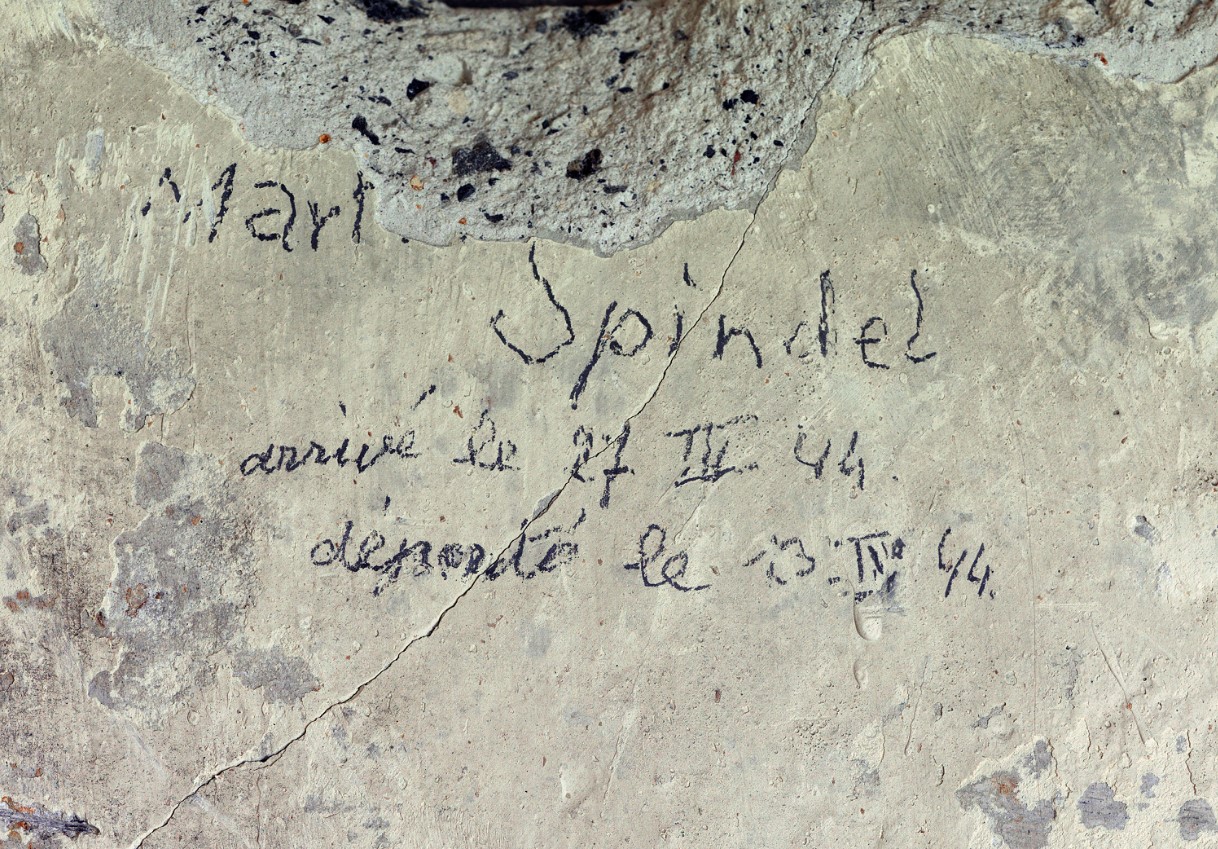
Graffiti by Martin Spindel. © Mémorial de la Shoah
In 2001, the Cité de la Muette was made a listed historic monument, described as a “major architectural and urban-planning achievement of the 20th century [...] and also due to its use during the Second World War [...] which today makes it a major national remembrance site”.
In 2009, the Seine-Saint-Denis public housing office, owner of the site, ordered works to be carried out on the right wing of the building. During the war, this part of the camp had been used to separate those who were due to be deported the next day from the other prisoners.
Given the site’s heritage status, it was decided that the interior partition walls, whitewashed or in bare plaster, should be dismantled.
This process revealed 76 graffiti on the walls. Etched or in pencil, they were extremely fragile and therefore had to be painstakingly restored.
Names, dates, drawings: the graffiti are evidence of the internees’ desire to leave a mark of their passage through Drancy, before they departed “for an unknown destination”.
Thus reads Martin Spindel’s inscription: “Martin Spindel / arrived 27 III 44 / deported 13 IV 44.”
Born in 1930, Martin Spindel was hidden in Isère, at a children’s home. Arrested in the La Martellière roundup, he was interned at Drancy under registration number 17620. Two weeks later, he was deported along with other children from La Martellière and the Maison d’Izieu children’s home, in Convoy 71.
Part of Spindel’s family, who had emigrated to the United States after the war, recently discovered the existence of this graffiti. On a remembrance trip to France, they were intensely moved to read his last words before his deportation and death in Auschwitz-Birkenau, at the age of 14.
Aside from their historical interest, these graffiti bear witness to the diversity of personal stories of the thousands of men, women and children who were interned in the Drancy camp, and are often the last trace of the existence of some of the 63 000 Jews deported from Drancy. Their last words, whose memory is preserved on stone.
These graffiti are kept at the National Archives. Seven of them are on permanent display at the Shoah Memorial in Drancy.
Find out more:
Les graffiti du camp de Drancy. Des noms sur les murs, ed. Benoît Pouvreau, Éditions Snoeck, 2013. (in French)
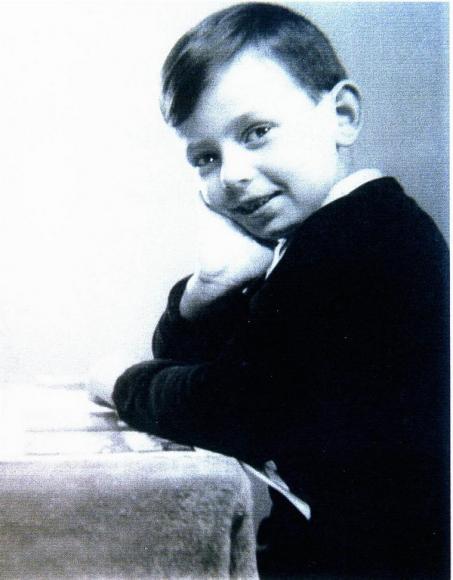
Martin Spindel
© Mémorial de la Shoah


